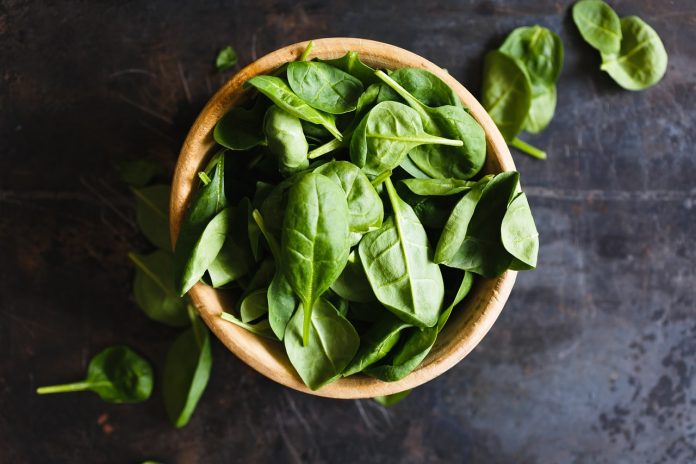
I’m interested in knowing more about food safety.
FYI: This reprint contains valuable information for consumers on food safety in the home kitchen. The following FoodTalk newsletter is a March 1997 (updated April 2002) reprint with permission from
Alice Henneman, MS, RD, LMNT Extension Educator,
University of Nebraska Cooperative Extension in Lancaster County.CRITICAL POINT 1: PURCHASING
CRITICAL POINT 2: HOME STORAGE
CRITICAL POINT 3: PRE-PREPARATION
CRITICAL POINT 4: COOKING
CRITICAL POINT 5: SERVING
CRITICAL POINT 6: HANDLING LEFTOVERS
Alice Henneman, MS, RD, LMNT Extension Educator,
University of Nebraska Cooperative Extension in Lancaster County.
IT TAKES MORE THAN COOKING TO MAKE FOOD SAFE
If you cook food long enough at the proper temperature, can you assure that it will be safe to eat? The most effective means of keeping food safe is to take a HACCP (Hazard Analysis and Critical Control Points) approach advises the U.S. Department of Agriculture Food Safety and Inspection Service (USDA/FSIS). HACCP is a method used by industry to follow the flow of food from the time it’s purchased through handling leftovers. USDA has identified key “control points” at which consumers in the home can help keep food safe.
PURCHASING, STORING, PRE-PREPARATION, COOKING, SERVING and HANDLING LEFTOVERS
Failure to take appropriate action at these critical points could result in foodborne illness. Here are some recommendations cited by USDA/FSIS.
- Purchase meat and poultry products last and keep packages of raw meat and poultry separate from other foods, particularly foods that will be eaten without further cooking. Consider using plastic bags to enclose individual packages of raw meat and poultry.
- Canned goods should be free of dents, cracks or bulging lids.
- Take food straight home to the refrigerator. If travel time will exceed one hour, pack perishable foods in a cooler with ice and keep groceries and cooler in the passenger area of the car during warm weather.
- Verify the temperature of your refrigerator and freezer with an appliance thermometer — refrigerators should run at 40 degrees F or below; freezers at 0 degrees F.
- At home, refrigerate or freeze meat and poultry immediately.
- To prevent raw juices from dripping on other foods in the refrigerator, use plastic bags or place meat and poultry on a plate.
- Wash hands with soap and water for 20 seconds before and after handling any raw meat, poultry or seafood products.
- Store canned goods in a cool, clean dry place. Avoid extreme heat or cold, which can be harmful to canned goods.
- Never store any foods directly under a sink and always keep foods off the floor and separate from cleaning supplies.
- Wash hands (gloved or not) with soap and water for 20 seconds: before beginning preparation; after handling raw meat, poultry, seafood or eggs; after touching animals; after using the bathroom; after changing diapers; or after blowing the nose.
- Don’t let juices from raw meat, poultry or seafood come in contact with cooked foods or foods that will be eaten raw, such as fruits or salad ingredients.
- Wash hands, counters, equipment, utensils and cutting boards with soap and hot water immediately after use. Counters, equipment, utensils and cutting boards can be sanitized with a chlorine solution — follow the instructions on sanitizing products.
- Thaw in the refrigerator, NEVER ON THE COUNTER. It is also safe to thaw in cold water in an airtight plastic wrapper or bag, changing the water every 30 minutes until thawed. Or, thaw in the microwave and cook the product immediately.
- Marinate foods in the refrigerator, NEVER ON THE COUNTER.
- Always cook thoroughly. If harmful bacteria are present, only thorough cooking will destroy them.
- Use a meat thermometer to determine if your meat or poultry or casserole has reached a safe internal temperature. Check the product in several spots to assure that a safe temperature has been reached.
- Avoid interrupted cooking. Never refrigerate partially cooked products to later finish cooking on the grill or in the oven. Meat and poultry products must be cooked thoroughly the first time and then they may be refrigerated and safely reheated later.
- When microwaving foods, carefully follow manufacturers’ instructions. Use microwave-safe containers, cover, rotate and allow for the standing time, which contributes to thorough cooking.
- Wash hands with soap and water before serving or eating food.
- Serve cooked products on clean plates with clean utensils and clean hands. Never put cooked foods on a dish that has held raw products unless the dish is washed with soap and hot water.
- Hold hot foods above 140 degrees F and cold foods below 40 degrees F.
- Never leave foods, raw or cooked, at room temperature longer than 2 hours. On a hot day with temperatures at 90 degrees F or warmer, this decreases to 1 hour
- Wash hands before and after handling leftovers. Use clean utensils and surfaces.
- Divide leftovers into small units and store in shallow containers for quick cooling. Refrigerate within 2 hours of cooking. Discard anything left out for too long.
- Never taste a food to determine if it is safe.
- When reheating leftovers, reheat thoroughly to a temperature of 165 degrees F or until hot and steamy. Bring soups, sauces, and gravies to a rolling boil.
If in doubt, throw it out!


